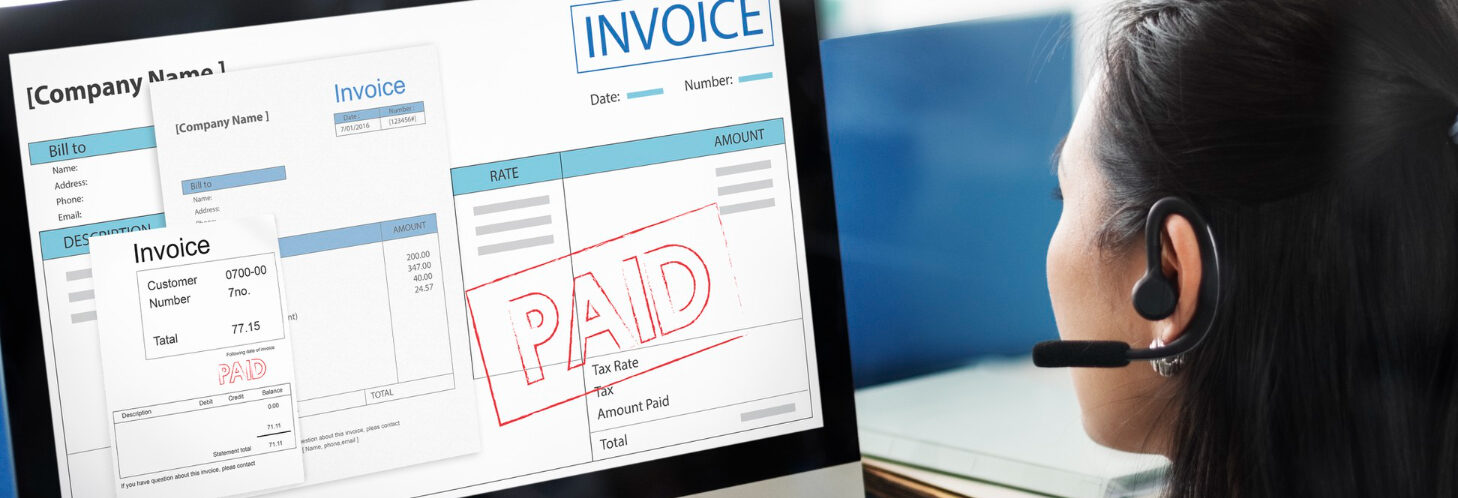Posted on 27/01/2025
Interactive touch screens have revolutionised the educational sector, providing dynamic tools that enhance teaching and learning. For educational business managers seeking to integrate technology into their facilities, understanding the varied applications of interactive touch screens is crucial. This guide explores the diverse ways these screens can be utilised to improve educational outcomes.
Interactive touch screens enable educators to create immersive learning experiences. These screens allow teachers to present multimedia content, engage students with interactive activities, and facilitate real-time feedback. By incorporating visual aids, videos, and interactive exercises, educators can make lessons more engaging and accessible, catering to different learning styles.
Interactive touch screens also promote collaborative learning. Students can work together on projects, share ideas, and solve problems collectively using touch-based interactions. This fosters teamwork and communication skills while making learning a more interactive and enjoyable process. The ability to connect multiple screens can enhance group activities and discussions.
Educational institutions can use interactive touch screens for managing schedules and facilitating communication. Displaying timetables, announcements, and event information on these screens helps streamline administrative tasks and ensures that all stakeholders are informed in real-time. This improves overall organisational efficiency and reduces the need for printed materials.
Interactive touch screens can serve as central hubs for accessing important information. From academic resources and course materials to administrative forms and contact details, these screens can consolidate information, making it easily accessible to students and staff. This centralised approach saves time and improves resource management.
In the era of remote learning, interactive touch screens are invaluable for creating virtual classrooms. They support video conferencing, screen sharing, and online collaboration, allowing educators and students to interact seamlessly, regardless of their physical location. This ensures continuity in learning and supports various teaching methods, including hybrid and fully online classes.
Interactive touch screens can function as advanced whiteboards, enabling teachers to illustrate concepts, solve problems, and annotate documents during remote lessons. These features make virtual classes as interactive and productive as in-person sessions, enhancing the learning experience for students.
Interactive touch screens offer customisable features that can be tailored to meet the needs of students with disabilities. Adjustable settings, accessible interfaces, and specialised software can help create inclusive learning environments. For instance, touch screens can be equipped with speech-to-text capabilities or visual aids to support students with varying abilities.
For students with special educational needs, interactive touch screens provide interactive and engaging tools that can help in maintaining focus and motivation. The ability to manipulate content directly on the screen can make learning more tangible and engaging for these students.
Interactive touch screens facilitate efficient data collection and reporting. Educators and administrators can use these screens to input and analyse data, generate reports, and track student progress. This streamlined approach enhances data management and supports informed decision-making in educational institutions.
With interactive touch screens, feedback can be collected and analysed in real-time. This allows educators to quickly assess student understanding, adapt teaching strategies, and address learning gaps promptly. The immediacy of feedback supports a more responsive and effective teaching approach.
Investing in interactive touch screens means preparing for future technological advancements. These screens are designed to be scalable, allowing for upgrades and integration with emerging technologies. By choosing versatile and upgradable solutions, educational institutions can ensure their technology investments remain relevant and effective over time.
Interactive touch screens can integrate with other smart technologies, such as digital learning platforms. This integration enhances the overall educational environment, providing a cohesive and interconnected technological ecosystem.
If you’re interested in learning more about how interactive touch screens can transform your educational environment, don’t hesitate to request a callback. Our team at KISS Professional Solutions is ready to provide tailored advice and solutions to meet your specific needs.
For more detailed information on interactive touch screens and their applications, visit our interactive touch screens solutions page.
Interactive touch screens are a powerful tool in modern education, offering a range of applications that enhance teaching, learning, and administrative tasks. By integrating these screens into your educational environment, you can create more engaging and efficient learning experiences. KISS Professional Solutions is here to help you navigate the benefits of interactive touch screens and find the perfect solution for your institution. Request a callback today to discuss how we can assist you in leveraging this technology for educational success.

In today s fast-paced business environment managing documents efficiently is crucial for organisational...

Managing accounts payable AP can be a time-consuming and error-prone task for small...

Efficient cash flow management is essential for small and medium-sized business owners Accounts...
"*" indicates required fields
Did you know that our website now features “Ness”, our very own ChatBot?
Ness allows you to quickly resolve all sorts of queries that you might have including:
Just go to the ‘Chat with us’ icon in the bottom right-hand corner of this site…fill in some details…quickly get the answer you need from Ness…and get on with your day!
